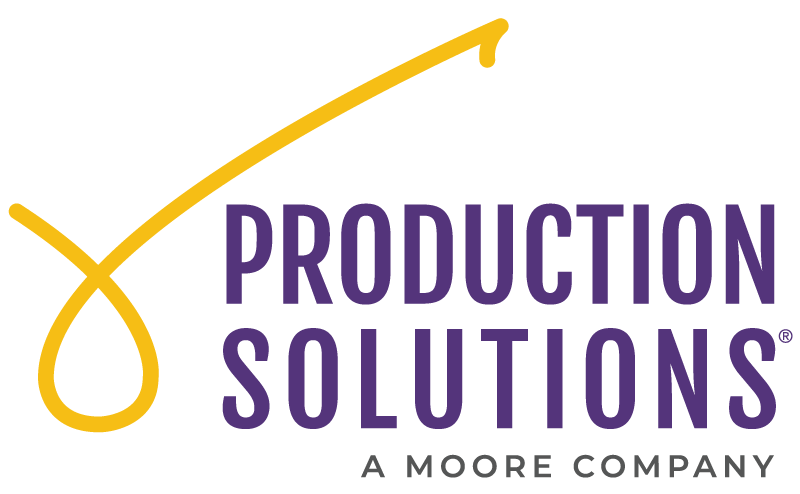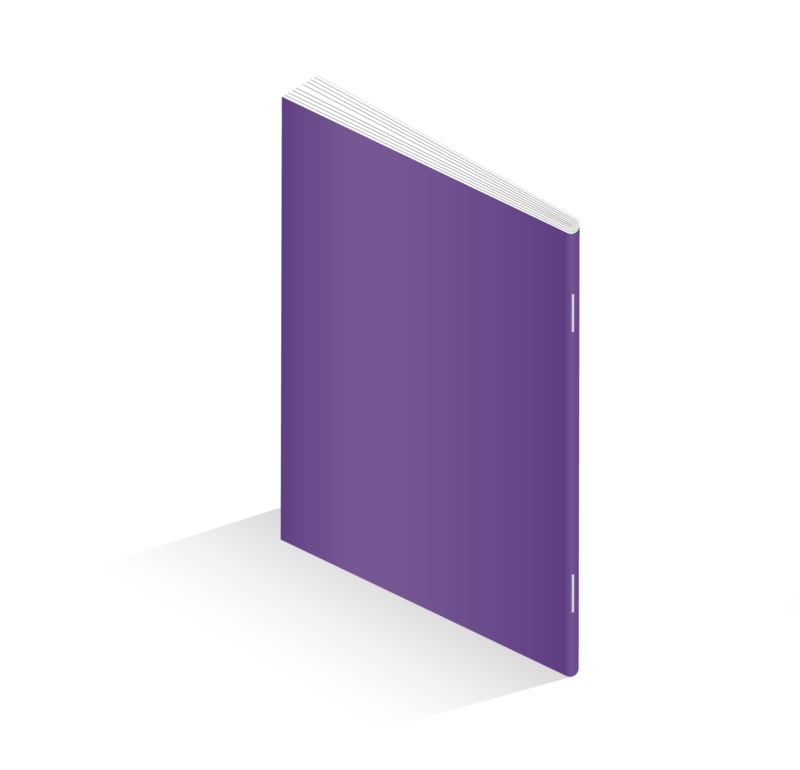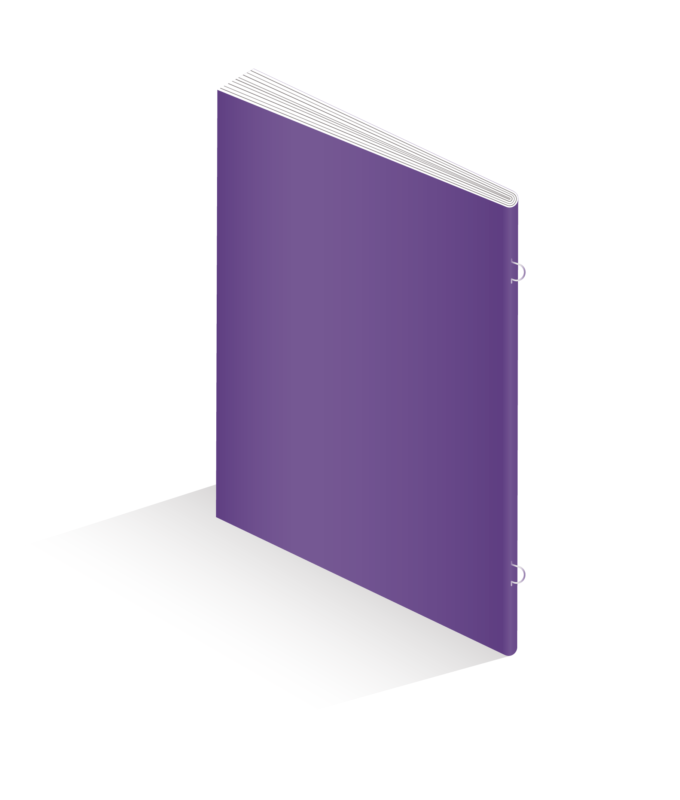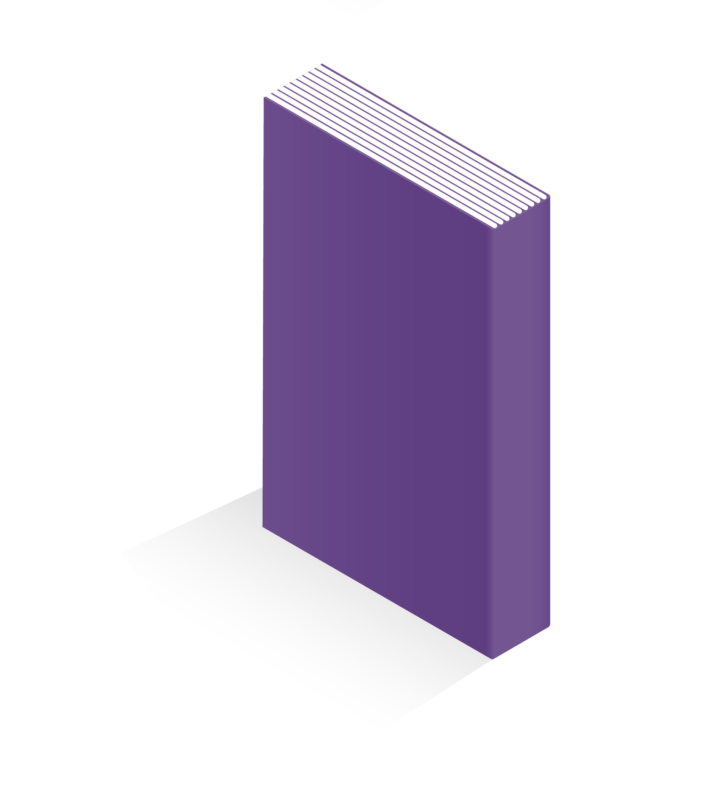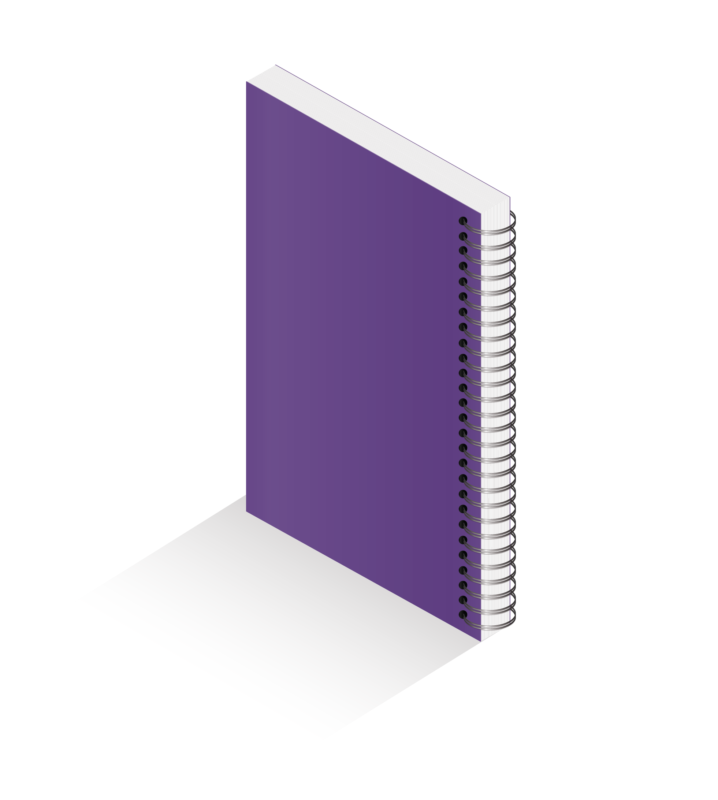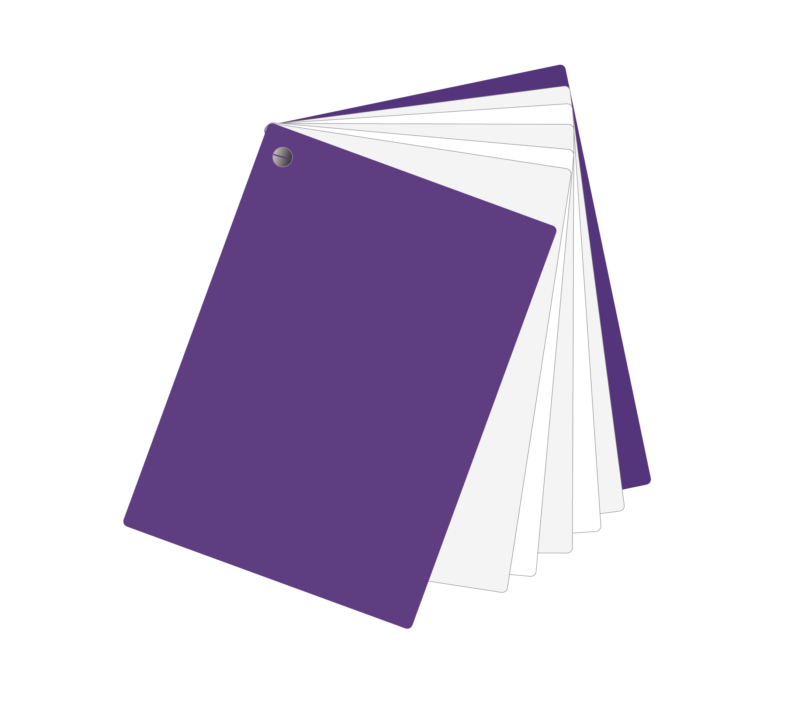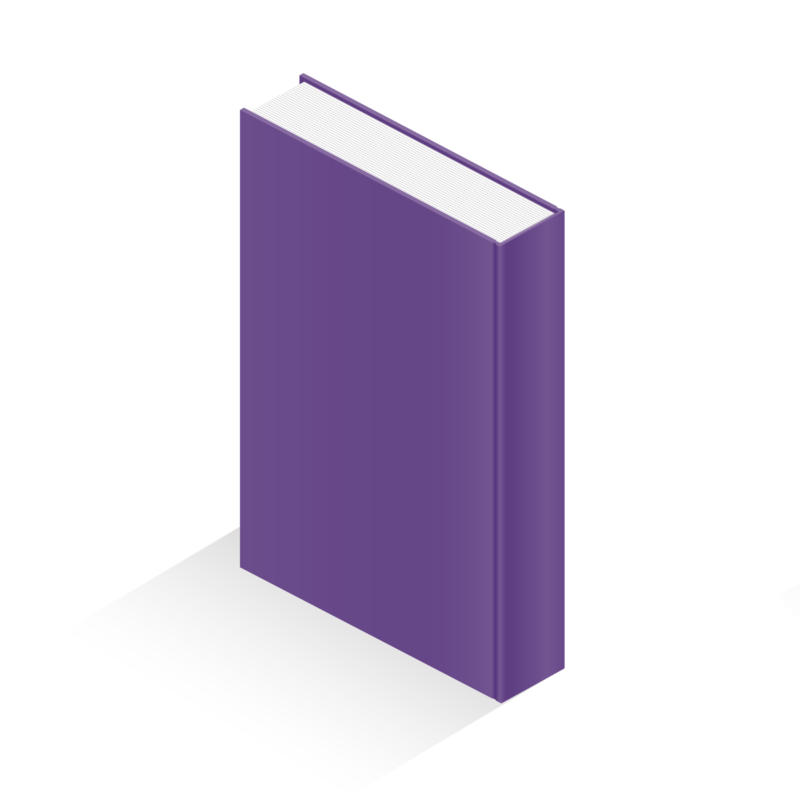In A Bind?

Meredith Piemme
Business Development DirectorWell, who isn’t these days, am I right? But seriously, today we’re talking all things binding. Though in the interest of full transparency, we’ll be leaving out a couple of the more crazy expensive options that are not generally used in direct mail, think hand sewing or Smyth binding.
First, we should get some pesky vocabulary out of the way, particularly for those folks who may be new to production.
A press signature (or sig) is a large sheet of paper containing multiple pages of a book, project, brochure, etc. These sheets have multiple pages printed on each side and all signatures contain page counts in multiples of four. Common examples include 64-page, 32-page, 24-page, 16-page, 12-page, 8-page, and 4-page Signatures. How many pages make up a signature is determined by the book’s page size as well as the size of the paper utilized by the press.
When collating and binding a multi-page booklet or book, the pages are referred to as signatures, each finished sig has 4 numbered pages that have been imposed (or paginated) to collate in the correct order. Your printer will handle the imposition and account for any creep that may happen in bindery.
So what is creep? The term creep refers to the gradual extension of the inner signatures of a book block beyond the edges of the signatures that surround them, resulting in inner signatures having a progressively smaller trim size. This applies mainly to saddle or loop stitched booklets. It is important, particularly in larger saddle stitched booklets, to ensure a minimum ¼” clear space around all page elements that do not bleed, like page numbers, headers, footers, etc.
Another need to know in binding is crossover. A crossover is a page spread where text and/or image crosses over the spine from the left hand to the right hand page. It is important to properly compose these pages so that the content that crosses the spine does not appear to be misaligned, incomplete, or worse, missing altogether. The following points will help you address crossover issues during the printing and binding process:
- Try to keep the focus or focal point of an image from crossing the spine.
- Try to keep text away from or out of the spine. If they MUST crossover, use a large bold font, or try to place a space between the letters that is equal to the spine. Your production partner can help you plan for this.
That should do it for terminology that we may cover in the next few minutes, by the end you should be in stitches (Ha! Get it? Never mind, terrible binding pun).
Saddle Stitching $
This type of binding takes sheets of paper (signatures), folds, nests and staples through the center fold with wire stitching. This can also be done with thread as a hand sewn booklet.
This is the most common type of binding for multi-page booklets in direct mail. Creep is a factor as page counts get larger in this style of binding.
8-64 pages
Loop Stitching $
Similar to the saddle stitch, signatures are gathered, folded, nested and stitched through the center fold with a LOOP wire so that the finished booklets may be inserted into a 3 ring binder. Creep is a factor as page counts get larger in this style of binding.
8-64 pages
Side Stitching (stab stitching, wire stitching) $
As opposed to press signatures, side stitching collates individual sheets of paper, no folding, and staples the sheets down the side of the completed booklet. Any content that is located in the spine (where the staples are) will not be visible once bound.
4-160 pages
Perfect Binding $$
Folded and nested press signatures are glued together at the spine with a paper cover wrap. The paper cover must account for the width of the spine of the book (number of pages x paper thickness) when designed. Crossover comes into play in this binding style as well.
4-720 pages
Spiral Binding $$
Individual sheets are collated, punched (with a die to create holes) and bound with a plastic or wire spiral binding. Any content that is located in the spine (where the hole punches are) will not be visible once bound.
4-640 pages
Lay Flat Binding $$$
This binding method is similar to Perfect Binding, using PUR glue (stronger than perfect bind adhesives) and a stretch paper for the spine, the spine is NOT glued to the cover allowing the book to open and lay perfectly flat. This is an ideal binding method for books with a large amount of image and/or text crossovers.
80-640 pages
Screw Bound $$$$
Holes are drilled into stacked sheets, plus covers, and an aluminum screw post is inserted to hold the sheets together. This is a unique binding method that offers designers a bit of play in terms of colors and post placement. Projects can utilize 1, 2 or 3+ posts, depending on design and page count. Grommets + eyelets are similar, but can only accommodate up to 120 pages.
4-640+ pages
Case Bound $$$$$
Case bound books can be sewn or perfect bound first and then encased with a hard or soft cover that is created in a completely different production process.
24-720 pages
Stay tuned for next month’s Production 201 article, on all things CALENDARS!
About the Author

Meredith Piemme
Business Development DirectorMeredith, a passionate team player, is a Business Development Director serving PS since 2018. Meredith has over 20 years of experience in graphic design and print, and over 10 years of experience in the direct mail and nonprofit industry. Meredith has a determination to ensure that each of her clients have an impeccable service experience. Her kindness and humor, and her ambition for investing in success are just some of the reasons why Meredith promotes such value in the PS family.
Hailing from Centreville, Virginia, she loves spending time with her family, traveling, and is an Orange Theory Fitness devotee. Her favorite holiday is Thanksgiving and she has a love-hate relationship with her minivan!
